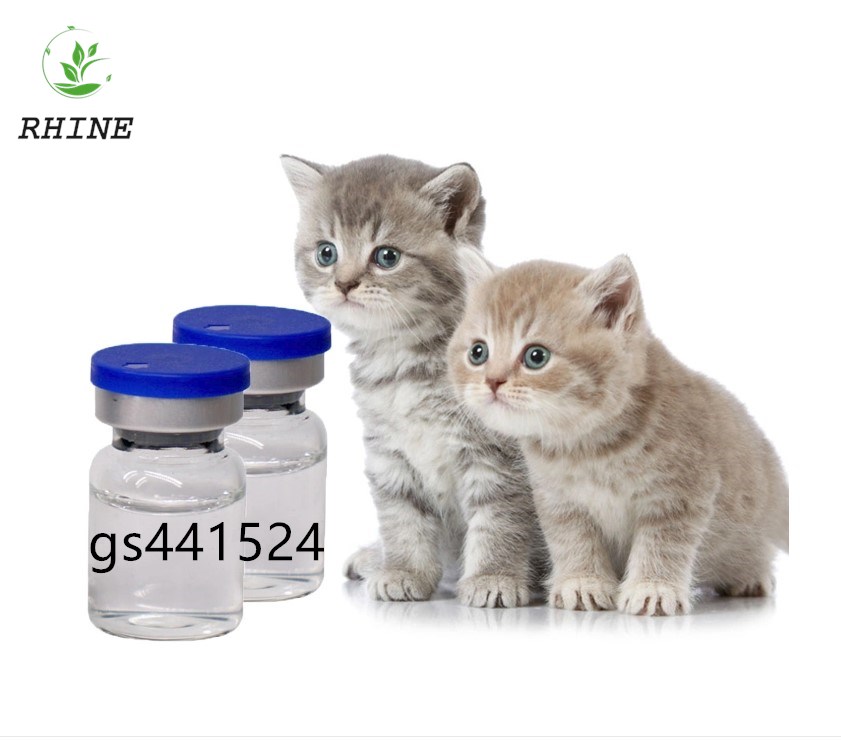First, trim
1. The purpose is to prevent weeds, prolong the green period, and meet the needs of the landscape; 2. Number of pruning: according to the growth potential of the turf, 20-30 times/year; 3. Precautions for pruning: (1) It is strictly prohibited to pruning in rainy days or when there is dew; (2) After the lawn is trimmed, the grass bag must be used to avoid the spread of the disease; (3) the edge of the trimming tool is always sharp and does not allow the grass to tear; (4) the fungicide (protective agent) must be sprayed after trimming, generally Use a conventional fungicide.
Second, the prevention of pests and diseases High fescue mainly: 1, diseases: brown spot disease, rot, blight, sheath blight and so on. Pythium is mainly caused in June and August; 2. Pests: Spodoptera litura, Spodoptera littoralis, grasshoppers, crickets, etc. Nocturnal moth pests are gluttonous, devastating, and the age is not neat. From June to August, pesticides and fungicides can be used interchangeably or simultaneously. Physical control measures: the use of black light is better and saves money.
3. Watering tall fescue is a deep-rooted, upright-type variety with a root depth of 1.7 m. The shallow grassy lawn tends to appear yellow. Watering every 3-5 days, every time the watering must be poured, the soil should be kept 5-10cm moist. Watering should be early morning or morning. It is strictly forbidden to water in the afternoon and evening to avoid the occurrence of diseases. If there is thunderstorm in the evening, the next day should be sprayed with fungicide.
Fourth, fertilization and fertilization amount is about 7.5 kg per 1000 square meters per year. High fescue grass is like phosphorus and potassium fertilizer, and less nitrogen fertilizer is applied. Fertilization should be placed in winter, and nitrogen fertilizer is strictly forbidden in summer.
Tall fescue is a cold-season turf. The critical period of conservation is two months from late June to late August. At other times, especially in winter, it is a routine management. High fescue turf maintenance focus. Disclaimer: Some articles on this website are transferred from the Internet. If legal rights of third parties are involved, please inform this website. phone
1. The purpose is to prevent weeds, prolong the green period, and meet the needs of the landscape; 2. Number of pruning: according to the growth potential of the turf, 20-30 times/year; 3. Precautions for pruning: (1) It is strictly prohibited to pruning in rainy days or when there is dew; (2) After the lawn is trimmed, the grass bag must be used to avoid the spread of the disease; (3) the edge of the trimming tool is always sharp and does not allow the grass to tear; (4) the fungicide (protective agent) must be sprayed after trimming, generally Use a conventional fungicide.
Second, the prevention of pests and diseases High fescue mainly: 1, diseases: brown spot disease, rot, blight, sheath blight and so on. Pythium is mainly caused in June and August; 2. Pests: Spodoptera litura, Spodoptera littoralis, grasshoppers, crickets, etc. Nocturnal moth pests are gluttonous, devastating, and the age is not neat. From June to August, pesticides and fungicides can be used interchangeably or simultaneously. Physical control measures: the use of black light is better and saves money.
3. Watering tall fescue is a deep-rooted, upright-type variety with a root depth of 1.7 m. The shallow grassy lawn tends to appear yellow. Watering every 3-5 days, every time the watering must be poured, the soil should be kept 5-10cm moist. Watering should be early morning or morning. It is strictly forbidden to water in the afternoon and evening to avoid the occurrence of diseases. If there is thunderstorm in the evening, the next day should be sprayed with fungicide.
Fourth, fertilization and fertilization amount is about 7.5 kg per 1000 square meters per year. High fescue grass is like phosphorus and potassium fertilizer, and less nitrogen fertilizer is applied. Fertilization should be placed in winter, and nitrogen fertilizer is strictly forbidden in summer.
Tall fescue is a cold-season turf. The critical period of conservation is two months from late June to late August. At other times, especially in winter, it is a routine management. High fescue turf maintenance focus. Disclaimer: Some articles on this website are transferred from the Internet. If legal rights of third parties are involved, please inform this website. phone
Veterinary Drugs: refers to substances (including medicated feed additives) used to prevent, treat, diagnose animal diseases or purposefully regulate animal physiological functions.
Veterinary drugs mainly include: serum products, microecological products, Chinese herbal medicines, proprietary Chinese medicines, chemicals, antibiotics, and topical pesticides, disinfectants, etc.

Veterinary Drugs,Veterinary Medicine,Veterinary Injectable Drugs,Veterinary Pharmaceutical Drugs
XI AN RHINE BIOLOGICAL TECHNOLOGY CO.,LTD , https://www.rhinebiotech.com